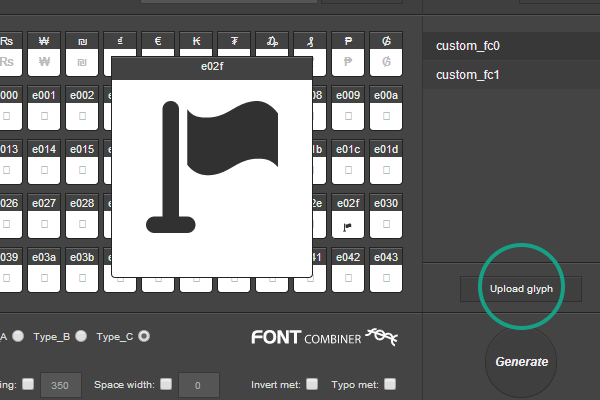


This allows the image to scale flawlessly no matter the size or resolution. SVG stands for scalable vector graphics, and instead of recording color and pixel placement such as a Bitmap or JPEG file type, SVG images are created through mathematical formulas. A less common attack vector would be to embed JavaScript within an SVG image. However, this sort of attack is easily detected and protected against through a myriad of sanitization libraries. The simplest way to create a cross-site scripting payload is to embed hostile JavaScript between two script tags.

The most common way of performing a cross-site scripting attack is to leverage a user input field that is seen by others, such as a comment on a video that does not properly sanitize input. These attacks focus on injecting malicious JavaScript that targets users of the website instead of the server itself. Learn how your comment data is processed.Cross-site scripting attacks, like all injection attacks, are a perennial favorite of attackers worldwide. Save my name, email, and site URL in my browser for next time I post a comment. Your email address will not be published. The part about font styles is absolutely useless since there are no text elements in this SVG. It can also be noted that the “optimized SVG file” actually contained redundant parts: For now I just stick to adding this inline SVG in the raw HTML editor. The WordPress editor is pretty good at eating inline SVGs and it also blocks SVG uploading for security reasons. There are plethora of options here, but they are all quite straightforward. Make sure to save the modified version as an “optimized SVG”. There are a few different “SVG” formats in Inkscape. I do not know what this means, but apparently toggling the “T” column, which presumably means “Text”, fixes this issue. Sometimes a group refuses to be ungrouped, because it is actually a “Text group”. To do so, go to Object > Objects, and select any group that does not make sense and select Ungroup in the context menu. They could just be absorbed to the object data. But sometimes there are redundant groups that represent concepts like additional affine transformations.

Having a hierarchy in the SVG actually makes sense. Select all objects, and select Path > Object to Path. Anyway, let me document the manual process first, and worry about automation later. Sadly, Inkscape does not seem to be a good tool for automated processing. I want to create a unique progress spinner component.To understand d3.js, one has to understand SVG first.In the following few days, I will (hopefully) explore how to make interactive and animated SVG parts.


 0 kommentar(er)
0 kommentar(er)
